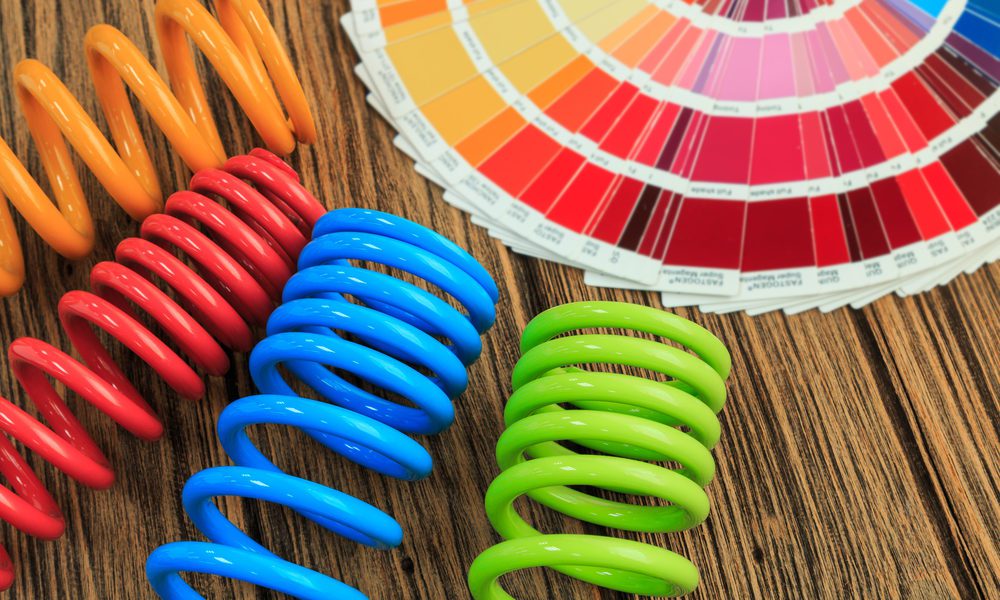Creating a cohesive and harmonious color scheme is crucial in design. The right color scheme can enhance the overall look and feel of your project, whether it’s a website, logo, or any other visual medium. The challenge is to find the perfect combination of colors that work together and convey the right message. Here are some tips to help you create a cohesive and harmonious color scheme:
1. Choose a color palette
 Start by choosing a color palette that reflects the mood, tone, and message of your project. There are various color palettes available online that you can use as a reference. Some popular options include:
Start by choosing a color palette that reflects the mood, tone, and message of your project. There are various color palettes available online that you can use as a reference. Some popular options include:
- Monochromatic: A palette that uses different shades and tints of the same color.
- Analogous: A palette that uses colors next to each other on the color wheel.
- Complementary: A palette that uses colors opposite each other on the color wheel.
- Triadic: A palette that uses three colors that are evenly spaced on the color wheel.
Once you have chosen a color palette, stick to it throughout your project to maintain consistency.
2. Consider color meanings and psychology
Colors have meanings and psychology associated with them. For example, blue is often associated with trust and professionalism, while red can evoke passion and excitement. Consider the emotions and message you want to convey when choosing colors for your project. Use colors that complement each other and enhance the overall mood of your design.
3. Use color in moderation

Too much color can overwhelm the viewer and detract from the overall message of your design. Use color in moderation and balance it with white space or neutral colors. This will help your design stand out and prevent it from looking cluttered.
4. Pay attention to contrast
Contrast is important for creating a visually appealing design. Use colors that have sufficient contrast to make your design stand out. For example, use light text on a dark background or vice versa. Avoid using colors that blend together and create a muddy appearance.
5. Test your color scheme
Before finalizing your color scheme, test it on different devices and in different lighting conditions. This will help you ensure that your design looks good in all situations and is accessible to everyone.
Creating a cohesive and harmonious color scheme is essential for any design project. By following these tips, you can choose a color palette that enhances your message, reflects your brand, and creates a visually appealing design.



